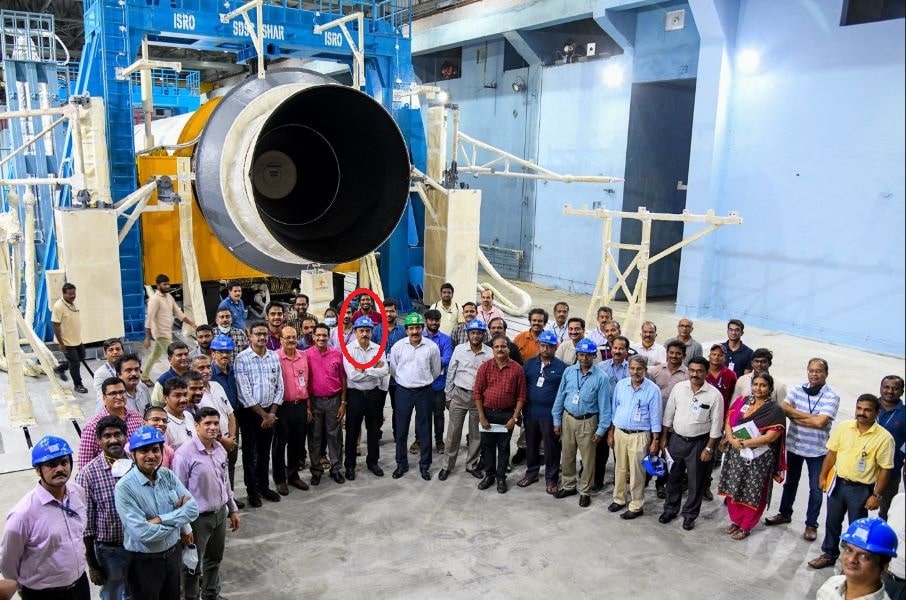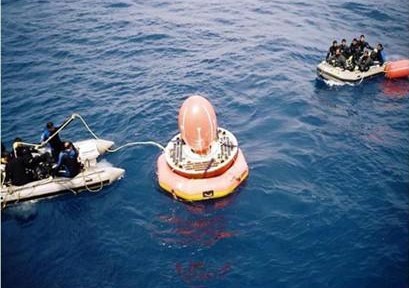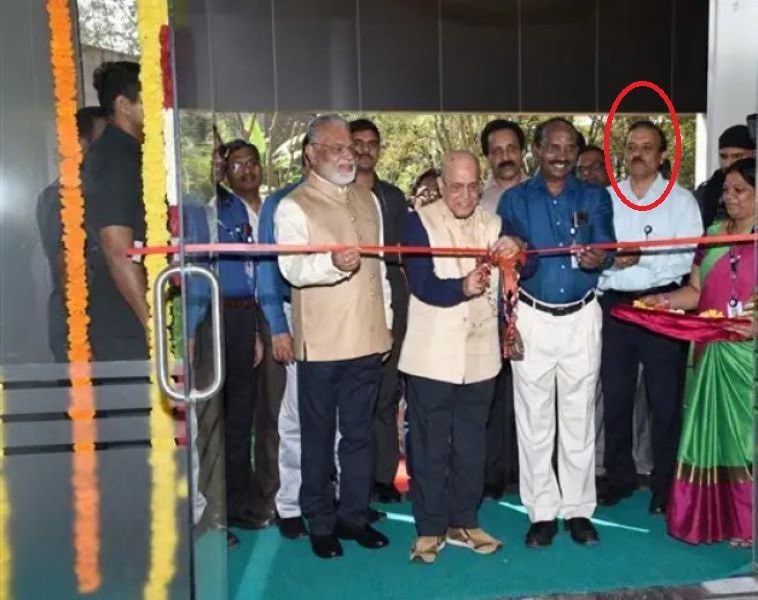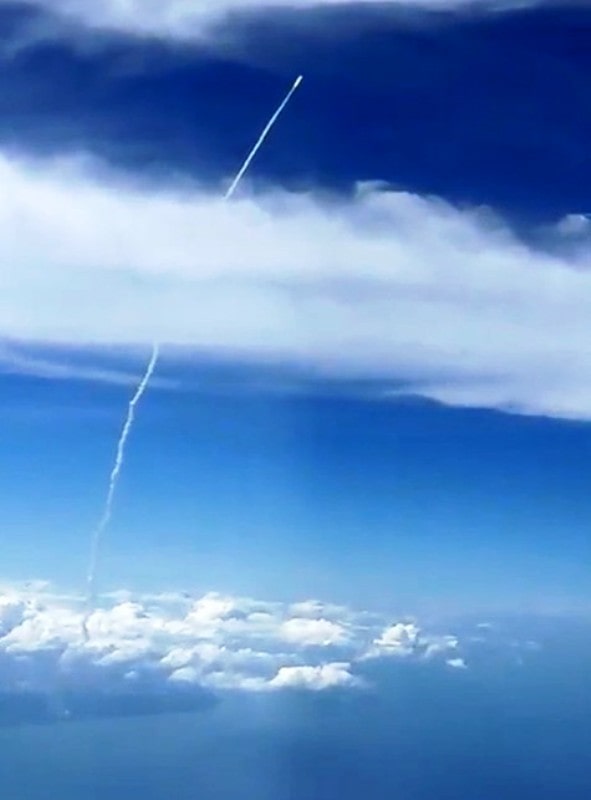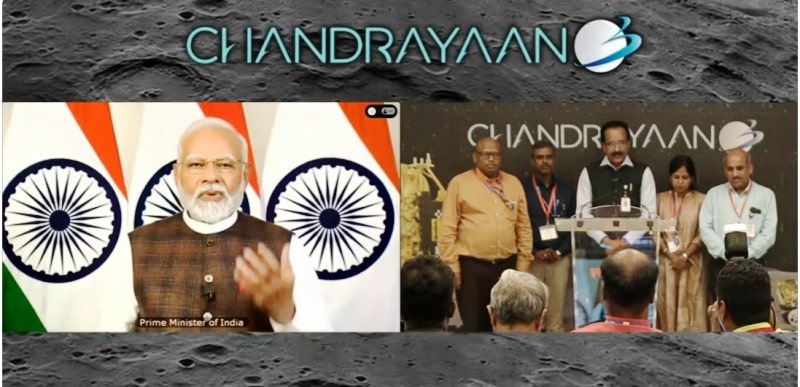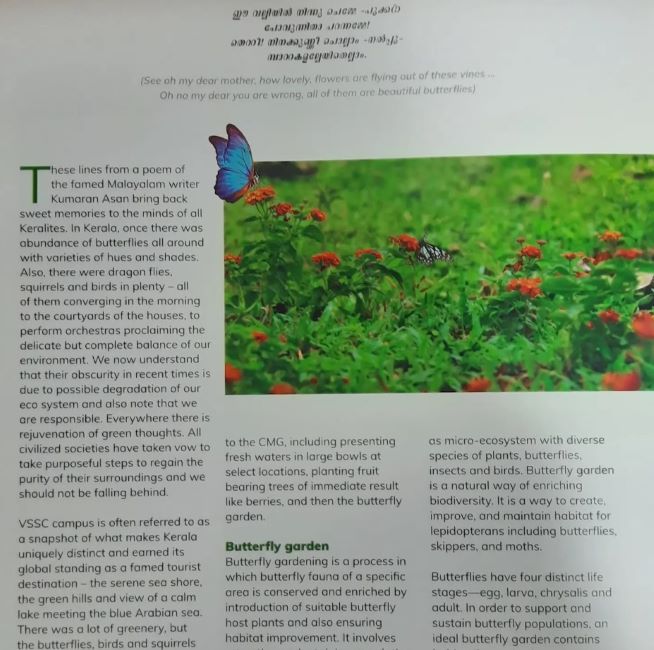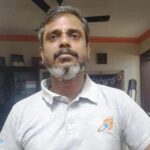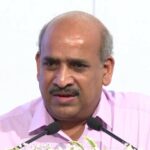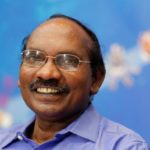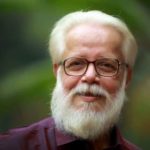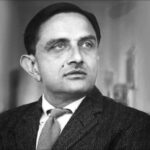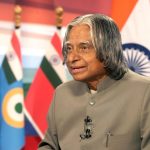S. Unnikrishnan Nair (ISRO) Age, Wife, Children, Family, Biography & More
| Bio/Wiki | |
|---|---|
| Profession | Scientist |
| Known for | • Working on Gaganyaan, India's first manned mission to space • Being a part of the team that worked on Chandrayaan-3 |
| Physical Stats & More | |
| Height (approx.) | in centimeters- 173 cm in meters- 1.73 m in feet & inches- 5’ 8” |
| Eye Colour | Dark Brown |
| Hair Colour | Black |
| ISRO | |
| Service Years | 1985-present |
| Major Designations | • Deputy Director of the Structures Entity at Vikram Sarabhai Space Centre (VSSC) • Director of the VSSC (2022-present) |
| Awards, Honours, Achievements | • Team Excellence Award from ISRO for working on the SRE Experiment (2007) • Excellence Award from ISRO for working on the CARE Experiment (2014) • ISRO Individual Merit Award for working on the Gaganyaan project (2014) • ISRO Excellence Award for leading a team in the Crew Escape System Pad Abort test (2018) • Honourary Doctorate by the Sathyabama Institute of Science and Technology for his work in the Gaganyaan project (2019) 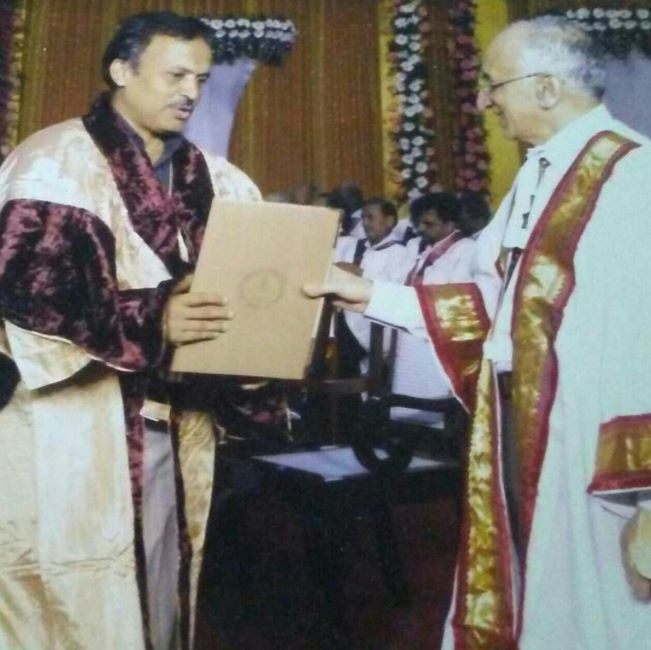 • Atmanirbhar Award from the Indian Society of Analytical Science (ISAS) (2022) • The National Systems Gold Medal from the Systems Society of India (2022) |
| Personal Life | |
| Age | Not known |
| Birthplace | Kottayam, Kerala, India |
| Nationality | Indian |
| Hometown | Kottayam, Kerala |
| School | • NSS High School, Manjoor, Kerala • Emmanuel’s Higher Secondary School, Kothanalloor, Kerala |
| College/University | • Deva Matha College, Kuravilangad, Kerala (1978) • Mar Athanasius College of Engineering (affiliated with Kerala University) • Indian Institute of Science (IISc), Bengaluru, Karnataka • Indian Institute of Technology Madras (IITM) • National Academy of Legal Studies and Research (NALSAR), Hyderabad |
| Educational Qualification(s) | • B.Tech in Mechanical Engineering at Mar Athanasius College of Engineering • M.Tech in Aerospace, Aeronautical, and Astronautical Engineering at IISc • PhD in Mechanical Engineering at IITM • MA in Telecommunications and Space Law at NALSAR [1]The Economic Times [2]S. Unnikrishnan Nair – LinkedIn Note: He has attended numerous engineering courses abroad. |
| Hobbies | Reading, Travelling |
| Relationships & More | |
| Marital Status | Married |
| Family | |
| Wife/Spouse | Jaya G. Nair (served as a computer engineer at VSSC, worked at the National Center for Software Technology)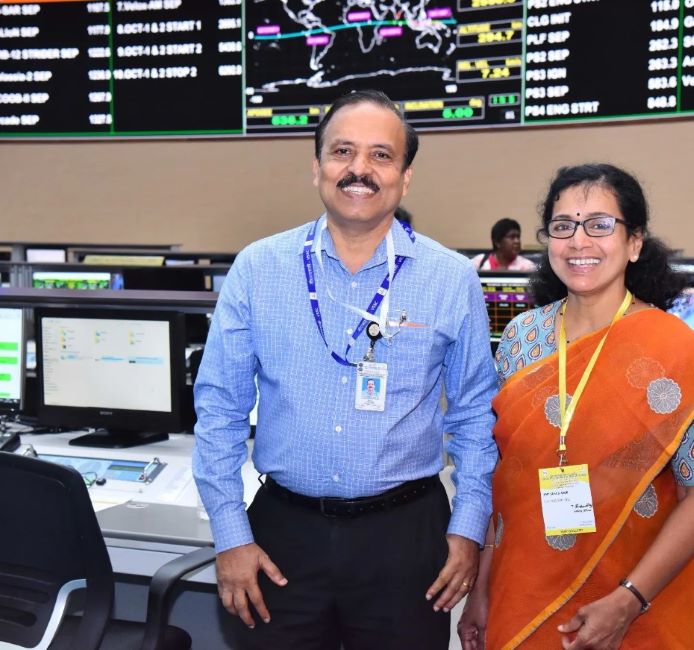 |
| Children | Daughter(s)- 2 • Aishwarya Nair (architect) • Chaithanya Nair (holds a degree in psychology; actress, model)  Note: Chaitanya appeared in a small role in Jana Gana Mana, a 2022 Malayalam film. |
| Parents | Father- Sreedharan Nair (retired employee of the Kottayam Survey Office) Mother- Rajamma 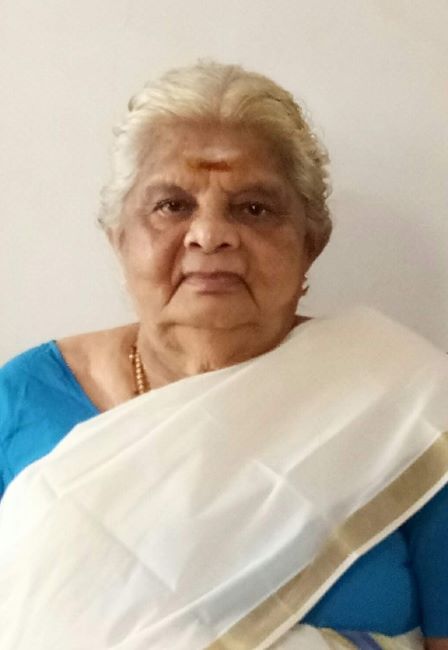 |
Some Lesser Known Facts About S. Unnikrishnan Nair
- S. Unnikrishnan Nair is an Indian Scientist, who works in the Indian Space Research Organisation (ISRO). In 2022, he became the head of the Vikram Sarabhai Space Centre (VSSC). Nair is also known for playing an important part in the development of India’s rocket technology. He has been awarded numerous times by ISRO for leading numerous projects aimed at sending astronauts into space under the Gaganyaan project. He is the founder of the Human Space Flight Centre (HSFC). He served on the team of scientists responsible for developing Chandrayaan-3, which landed on the lunar surface in August 2023.
- In an interview, Unnikrishnan mentioned that he did not have any plans to pursue a career as a scientist at ISRO. Instead, after finishing his graduation, he applied for positions at different advertising firms. Talking about it, he said,
So when it was the last semester, I started applying for jobs in advertising companies where I saw the same as others. So applied to VSSC and an interview was held. By the time the final semester was over, he started working here. After coming here I liked this area and decided to stay here.”
- In 1985, he was selected to join the Vikram Sarabhai Space Centre (VSSC) as an engineer. He was instrumental in designing and developing the launch vehicle mechanisms, acoustic protection systems, and payload fairing for the Polar Satellite Launch Vehicle (PSLV), Geosynchronous Satellite Launch Vehicle (GSLV), and Launch Vehicle Mark-III (LVM3).
- To help scientists monitor the statistics of a rocket following its launch, Nair helped in the creation of monitoring systems.
- Following the beginning of the Advanced Space Transportation System program at ISRO, Unnikrishnan Nair was appointed as the program’s director. The primary objective of the initiative was to synchronize various technological progress in fields like human space travel, reusable launch systems, propulsion relying on air-breathing mechanisms, and state-of-the-art testing crafts.
- He joined a group of scientists chosen by the ISRO to work on its first Human Spaceflight Programme (HSP) in 2004. He undertook several design and development activities aimed at constructing the Gaganyaan spacecraft, which is supposed to carry the first batch of Indian astronauts into space by 2025.
- He was later appointed as the project director of the HSP. The scientists working under his leadership worked on defining the vehicle configuration, conducting onboard systems engineering, and advancing pivotal spacecraft technology.
- During his involvement in the Gaganyaan project, he became part of the Space Capsule Recovery Experiment (SRE). This project focused on examining techniques for recovering a spacecraft after it has landed on Earth, analyzing the impact of microgravity on orbiting spacecraft, and integrating findings from the SRE endeavour into the design and construction of the Gaganyaan spacecraft.
- The experiment was successfully conducted by the ISRO in January 2007. He was involved in the design of the parachute and other recovery systems for the SRE. Additionally, he worked on establishing a collaboration between different governmental agencies like Hindustan Aeronautics Limited (HAL) and the Defence Research and Development Organisation (DRDO) to ensure compatibility. Additionally, he sought the cooperation of the Indian Navy and the Indian Coast Guard to develop protocols for retrieving the sea-landed spacecraft containing Indian astronauts.
- In December 2014, ISRO conducted a successful trial of the Crew Module Atmospheric Re-entry Experiment (CARE) to apply its insights to the Gaganyaan spacecraft’s blueprint. This initiative drew inspiration from ISRO’s 2007 SRE experiment. Unnikrishnan headed the experiment as a payload director. His team of scientists developed crucial technology to ensure the reliable transportation of the spacecraft’s payload to space and its secure return to Earth.
- Thereafter, he became the mission director of the project undertaken by ISRO for designing and developing critical components for the Crew Escape System. The escape system is vital for keeping the astronauts safe by allowing them to exit the rocket in case of an emergency. The system was successfully tested on 5 July 2018.
- Nair founded the Human Space Flight Centre (HSFC) in Bengaluru in 2019.
- In the same year, he became the director of the HSFC, which is responsible for coordinating and executing multiple projects within the Gaganyaan Project. These include tasks like mission planning, developing engineering systems for crew survival in space, conducting crew selection and training, and conducting research for future human space flight missions in India. He left the directorship in 2022.
- In 2019, Unnikrishnan joined the team of scientists tasked with the designing and development of Chandrayaan-3, the third lunar probe mission.
- He became the head of the VSSC in 2022. While giving an interview, he talked about becoming the director and said,
An important responsibility is the Gaganyaan programme. A lot of activities related to it are going on at the VSSC. Also, the SSLV and other important satellite missions deserve attention. Priority will be given to speed up different missions which were going on at a slow pace due to Covid.”
- He became the Indian Institute of Space Science and Technology’s director in 2022.
- On 14 July 2023, at 2:35 pm IST, the Chandrayaan-3 mission took off as planned aboard the Unnikrishnan-designed LVM3-M4 rocket from the Second Launch Pad at the Satish Dhawan Space Centre in Sriharikota, Andhra Pradesh.
Following a thirty-nine-day journey through space, the spacecraft arrived at its intended location, the South Pole of the moon, on 23 August 2023. At 6:04 pm IST, the spacecraft gently landed on the lunar surface.
Following the successful touchdown, Prime Minister Narendra Modi, Russian President Vladimir Putin, and the European Space Agency (ESA) applauded the work and extended their congratulations to the complete project team. Through a video call, S. Somanath, the head of ISRO, updated the Prime Minister about the accomplishment of Chandrayaan-3 and said,
We have archived soft landing on the moon. India is on the Moon.”
- Unnikrishan Nair has held the position of member-secretary at the International Academy of Astronautics (IAA) and has led multiple Indian delegations to space conferences in Russia, which has resulted in the signing of several agreements between India and Russia concerning space exploration.
- He has served as the president of the Indian National Society for Aerospace and Related Mechanism’s Trivandrum chapter.
- In addition to his remarkable achievements in the field of astronomy, Unnikrishnan is actively involved as an environmentalist, leading numerous initiatives dedicated to the conservation of nature and forests.
- He has penned multiple articles about nature and space for various Malayalam magazines. Other than writing articles for magazines, Nair has published many research articles in various science periodicals. Some of his research work includes Experimental and computational investigation of coupled resonator–cavity systems (2010) and Scramjet Flight Testing (2018).
References/Sources:



